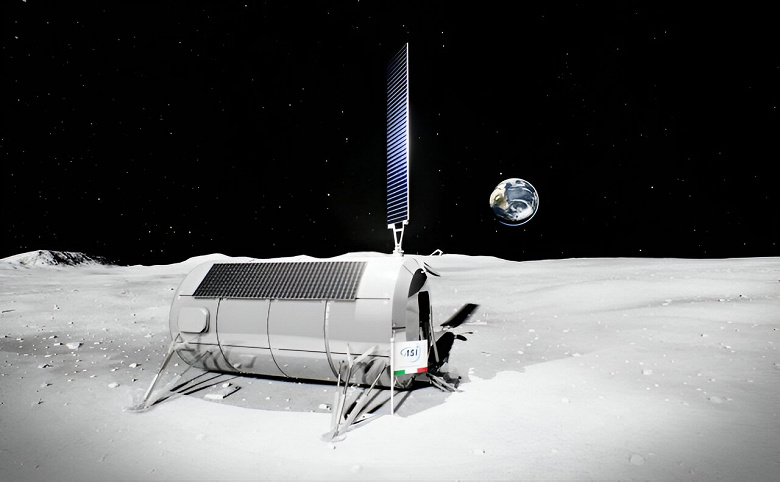Italy and the French company Thales Alenia Space are on the way to creating a habitable module on the Moon
As NASA prepares to send astronauts to the Moon in the coming years as part of the Artemis mission with the goal of establishing a permanent base at the Moon's south pole, other countries are showing determination to contribute to the program.
Recently, the Italian Space Agency (ASI) took the first steps towards creating a permanent settlement on the Moon, called Multi-Purpose Habitat (MPH). This event was officially marked by the conclusion of a contract between ASI and the French aerospace company Thales Alenia Space, specializing in the development of space systems, including ground segments and satellites used for Earth observation and space research.
“MPH will be a historic achievement as it will be the first Italian module to live on the lunar surface,” said Franco Fenoglio, head of the planetary exploration program at Thales Alenia Space.
Although MPH is currently just a concept, the partnership between ASI and Thales Alenia Space follows a successful review of the MPH design by NASA last month. In addition, a full review of the mission concept is planned for the first quarter of 2024. The goal of the MPH will be to ensure it is compatible with the Artemis module architecture for future crewed lunar missions.
The MPH module concept presented by Thales Alenia Space shows a very simple design – a single cylindrical module with solar panels and a communications antenna. However, this module must protect astronauts from harsh conditions on the Moon, such as intense cosmic radiation and sudden temperature changes on the lunar surface. For example, temperatures at the Moon's equator can reach 121°C during the day and -133°C at night.
Particularly important are temperature patterns at the Moon's south pole, which is the target landing site for the Artemis missions. Some areas have either constant sun or constant darkness. For example, data from NASA's lunar rover showed that in the darkest craters at the poles, temperatures reach below -246°C.
Thales Alenia Space, founded in 2007, has extensive experience in the space industry and is the second largest industrial supplier of the ISS, second only to Boeing. Her portfolio includes the creation of such modules as Harmony, Tranquility, Columbus Laboratory Module, Leonardo and Cupola. The latest module has a distinctive feature – large windows through which astronauts observe the Earth.
The development of the MPH project continues the long-term partnership between ASI and NASA. ASI has already sent seven astronauts into space, starting with the STS-46 mission in 1992 and ending with SpaceX's most recent launch, Crew-4, in 2022. In addition, Italy became an official party to the Artemis Accords, signed in 2020.

